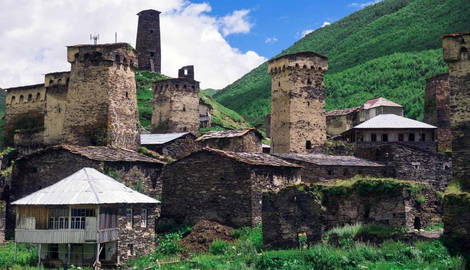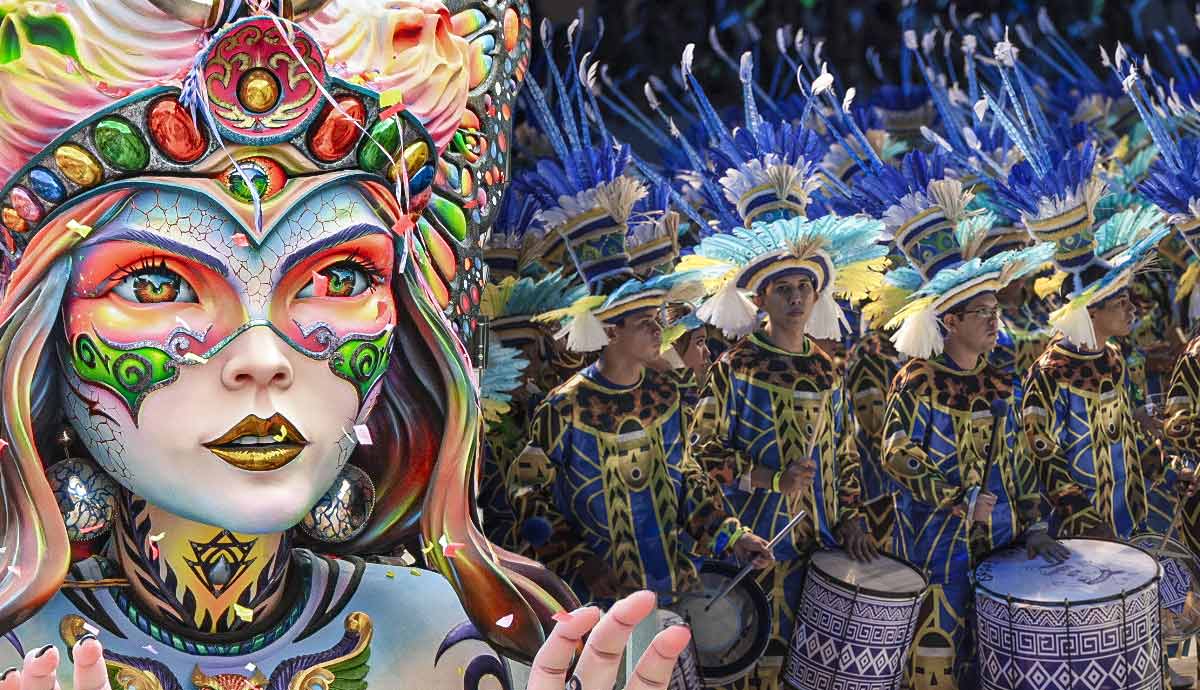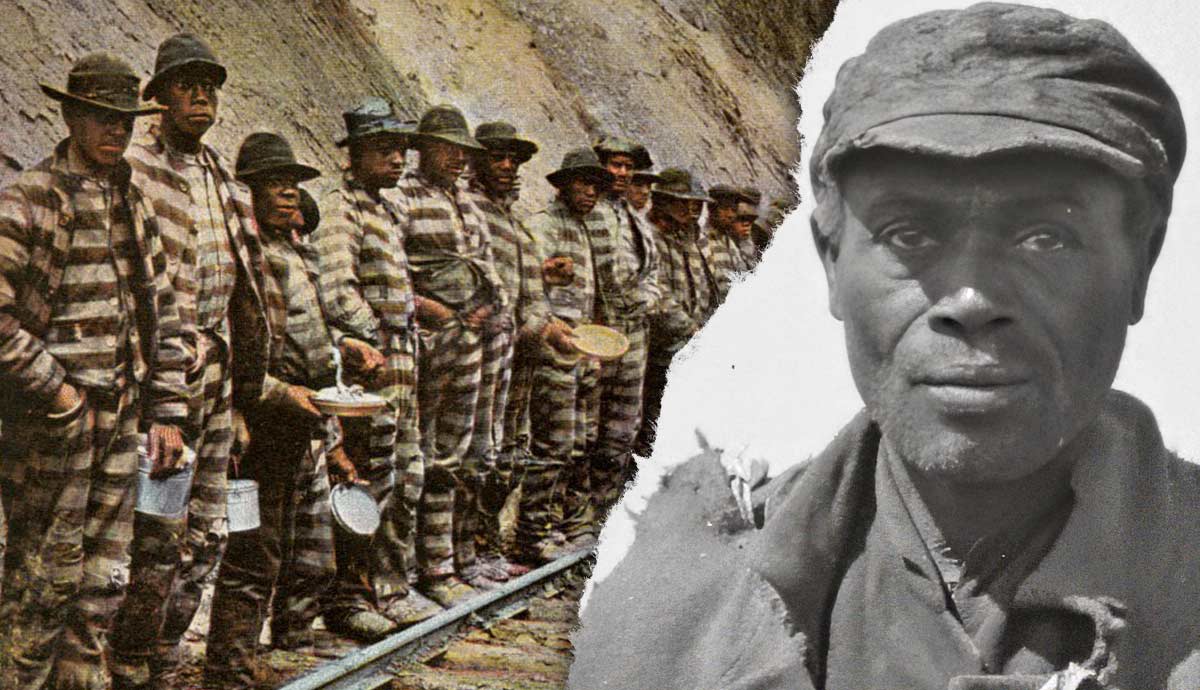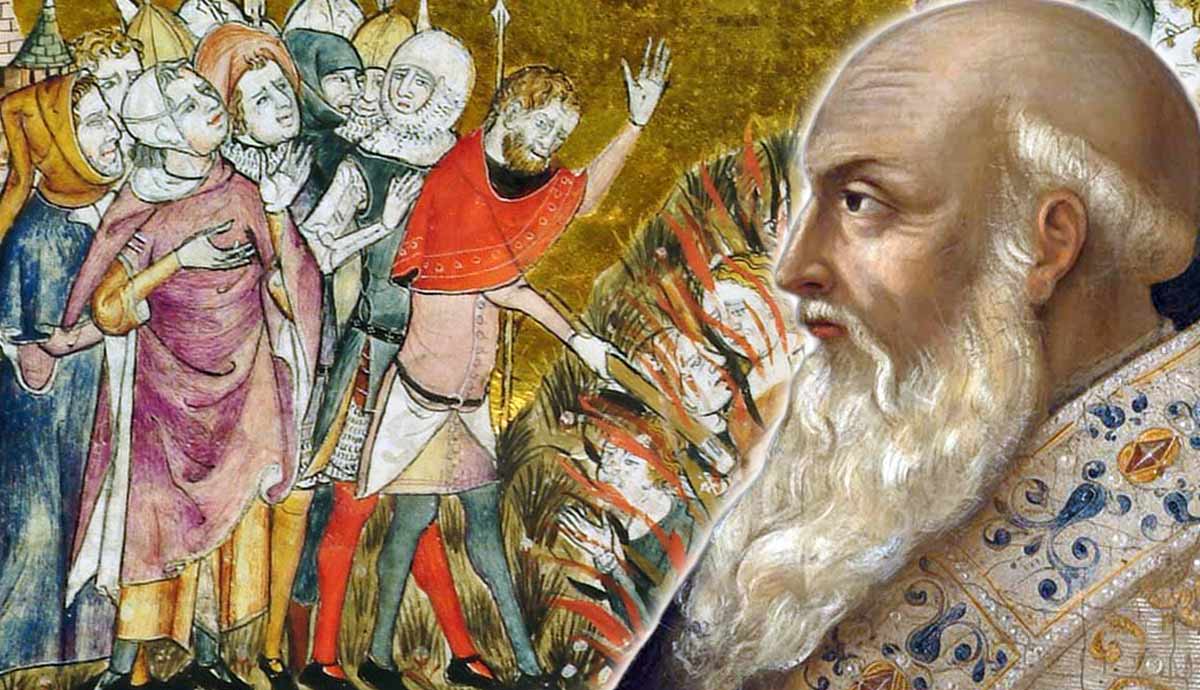
Nestled high in the Caucasus Mountains bordering Russia, Svaneti is a place of jaw-dropping beauty, fierce independence, and unbroken traditions. For centuries, this remote region defied the mightiest empires, from the Mongols to the Russians, managing to preserve its unique identity in a way no other region could. It is hidden among snow-capped peaks and deep valleys, its smattering of ancient villages seemingly untouched by time. Today, Svaneti is an unrivaled, off-the-beaten-path destination for lovers of untamed wilderness and history—challenging to get to but incredibly rewarding.
Svaneti: A Land That Bowed to No One

Svaneti’s story is primarily one of defiance. Shielded by the sheer vertiginous walls of the Caucasus, the Svans—an ancient Georgian highland people—resisted every army that tried to subdue them. Even when Mongol and Persian forces swept through the lowlands, they never managed to break Svaneti’s defenses. The region became Georgia’s very last refuge, where kings sent their most sacred relics for safekeeping.

During the Middle Ages, Svaneti thrived in its near-complete isolation. While the rest of Georgia fell under Ottoman and Persian influence, the Svans maintained their own way of life, governed by blood ties, unwritten codes of honor, and warrior traditions. The landscape is still dotted with medieval stone towers, once used as both homes and fortresses, a sign of constant vigilance against invaders. Because in this part of the world, one must never lower one’s defenses.

When the Russian Empire expanded into the Caucasus in the 19th century, the Svans stood their ground once again. It wasn’t until 1858 that they reluctantly accepted Russian rule, but even then, control remained superficial, and the area mostly autonomous. Being cut off from the rest of the empire geographically meant Svaneti was essentially left to rule over itself. The Soviet Era saw attempts to modernize and integrate Svaneti, yet its people remained fiercely attached to their traditions, language, and autonomy. Even nowadays, the region feels like a world apart—a living relic of a time when mountains meant freedom.
Best Historical Highlights in Svaneti You Shouldn’t Miss
1. Mestia: The Beating Heart of Svaneti

Mestia is the main town and gateway to the Svaneti region, which is known for its rich history. Walking through its narrow streets, you’ll find medieval stone towers rising above traditional Svan homes, remnants of a time when every family built its own fortress for survival. Aside from being defensive, these iconic towers, some over 1,000 years old, were symbols of lineage, power, wealth, and resilience.
A visit to the Svaneti Museum of History and Ethnography is essential. This treasure trove holds gold and silver icons, ancient manuscripts, and intricate Svan artifacts, many of which were hidden away here during Georgia’s darkest times to prevent them from being stolen or destroyed. You’ll also find illuminated gospels from the 9th century, rare medieval armor, and religious relics that once belonged to Georgian royalty.
Mestia is where past and present meet. While modernity has reached this highland town (the main road from the capital, Tbilisi, is now fully sealed, albeit with a few oversized potholes), traditions remain strong. Locals still speak the Svan language—totally unrelated to Georgian or Russian—and ancient polyphonic singing echoes through the valley during feasts and celebrations.
2. Ushguli: Europe’s Highest Inhabited Village

Perched at an altitude of 6,890 feet (2,100 meters), Ushguli is one of Europe’s highest continuously inhabited settlements and one of the most striking. With its cluster of ancient towers set against the backdrop of Mount Shkhara, Georgia’s tallest peak (17,027 feet/5,193 meters), Ushguli feels like a place untouched by time. It is no wonder it is a UNESCO World Heritage Site.
What makes Ushguli remarkable isn’t just its (literal) breathtaking altitude but rather its exquisite isolation. The village has been inhabited for over a thousand years, with families passing down homes and fortresses from generation to generation. Many of the stone towers, which number more than houses, date back to the 9th and 10th centuries. They were built to protect against invaders and blood feuds, and some were inhabited well into the 20th century.
Despite harsh winters and near-total cut-off from the outside world, people here still live by the old ways—herding livestock, baking in traditional stone ovens, and preserving customs unchanged for centuries. Because of its remoteness, Ushguli was sometimes used as a place of banishment for criminals and outcasts. They had nowhere to escape—the mountains made sure of that!
3. Chazhashi

The village of Chazhashi is a place of folkloric legends, home to one of the world’s most remarkable concentrations of medieval defensive towers. Unlike other parts of Georgia, where castles were built for rulers, in Svaneti, entire villages were fortified.
Chazhashi is part of the UNESCO-listed Upper Svaneti region and is home to over 200 ancient structures, many of which likewise date back nearly a thousand years. Families would retreat inside during times of danger, sometimes living for months on stored supplies. Although external conflicts were rare, internal clashes were a regular part of Svan life.
Walking through Chazhashi feels quite surreal. Stone towers rise in every direction, and you can still climb some of them for sweeping views of the Enguri River Valley. Unlike the more touristy Mestia, Chazhashi retains a raw, almost ghostly atmosphere. Many of its structures are now abandoned and make for fantastic explorations. If you want to feel the true historic spirit of Svaneti, this is where to go.
4. The Church of St. Kvirike and Ivlita

Hidden away in the blink-and-you’ll-miss-it village of Kala, the unassuming 12th-century Church of St. Kvirike and Ivlita holds some of Georgia’s most beautiful medieval frescoes. Its vibrant murals, showcasing the artistry of Svaneti, have wonderfully withstood the test of time.
Unlike grand European cathedrals, Svan churches were built in secrecy—small, humble, and often hidden in the mountains to protect them from invaders. This one is particularly striking because of its dramatic location, set against cliffs and wild landscapes. The frescoes inside depict biblical scenes with a distinctive mix of Byzantine and local artistic styles.
One of the most fascinating aspects of this church is that it still plays a central role in local life. Every summer, Svans gather here for the Kvirikoba Festival, an ancient religious and pagan celebration that includes traditional feasts, horse races, boulder tossing, and sacred rituals. It is one of the rare chances foreign visitors have to witness a long-standing historical tradition that has remained unchanged for hundreds of years.
5. The Enguri Hydro Power Dam: A Soviet Megastructure in Svaneti

The Enguri Dam is an unmissable highlight for history lovers, although it is one of the region’s most recent. It was built in the 1970s and is considered a Soviet-era engineering marvel. It has one of the tallest arch dams in the world, standing at 891 feet (271.5 meters), and feeds hydroelectric power not only to Georgia but also to the breakaway region of Abkhazia, making it one of the most politically complex and highly contentious structures in the Caucasus.
The dam itself is a testament to Soviet ambition, designed to harness the raw power of the 132-mile-long Enguri River, which carves through the Svaneti mountains. Enguri is Europe’s tallest dam and, up until 2000, when China began constructing mega-dams in earnest, was the third tallest in the world. Beyond its gargantuan size, the Enguri Dam is also a symbol of Georgia’s complex relationship with its Soviet past and its present geopolitical struggles. You’ll learn much more on this on guided tours of the dam, which are highly recommended!
6. The Monastery of Mkheri

If you seek to visit a remote historical highlight, the Mkheri Monastery might just be the spot for you. It is an arduous pilgrimage well worth making. The remote 12th-century monastery sits high above Mestia and is accessible only by a grueling hike, but the reward is unmatched.
In contrast to Georgia’s more well-known religious sites, Mkheri remains way off the tourist trail. Its isolated location was intentional—monks built it in the mountains to escape invasions and practice their faith in peace. Few foreign visitors make it here, which makes the experience even more extraordinary. The silence is broken only by the wind, the occasional ringing of cowbells, and the distant murmur of mountain streams.
7. The Nakipari Church of St George

Deep in the Iprari Valley, snuggled between mountain slopes and rushing rivers, stands the Nakipari Church of St. George, a site that embodies both the spiritual and warrior traditions of Svaneti. It was built in the 10th century near the village of Iprari, and houses frescoes painted by the famous Tevdore, one of Georgia’s most celebrated medieval artists. His work also appears in Zarzma Monastery and other important sites across the country.
The frescoes inside Nakipari are strikingly bright, showing Christ, saints, and warrior figures in rich reds and deep blues. One of the most intriguing details is how some figures are depicted wearing traditional Svan warrior gear, showing the fusion of religious and local traditions that has defined Svaneti’s history since Christianity was introduced to the region in the 4th century.
Nakipari is also home to a prized relic—a 9th-century icon of St. George, one of the most revered saints in the country. It was once at risk of being stolen, so locals moved it to Mestia’s Historical-Ethnographic Museum, where it is now safely displayed. Although some believe the country was named after St. George, debates as to its etymology abound. Mostly, because in Georgian, the country is named “Sakartvelo,” deriving from the Kartvelian people.









